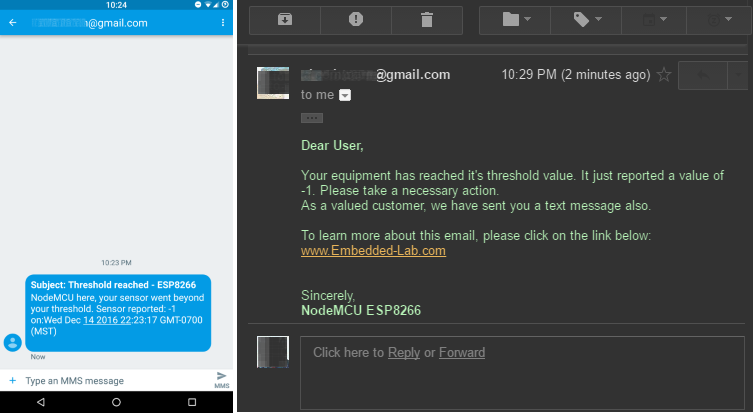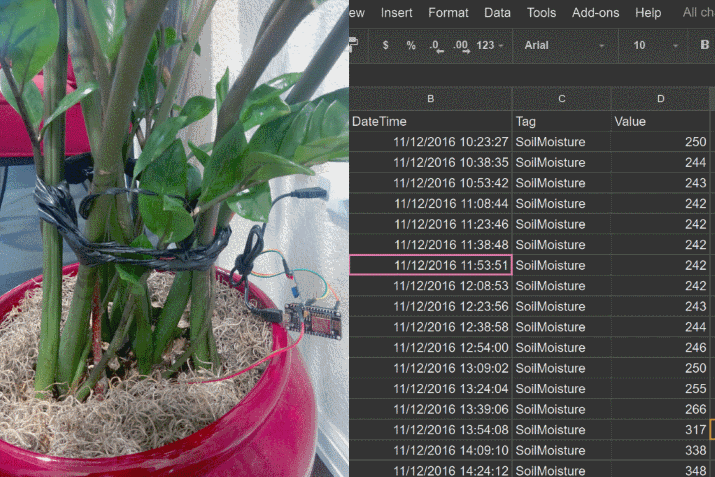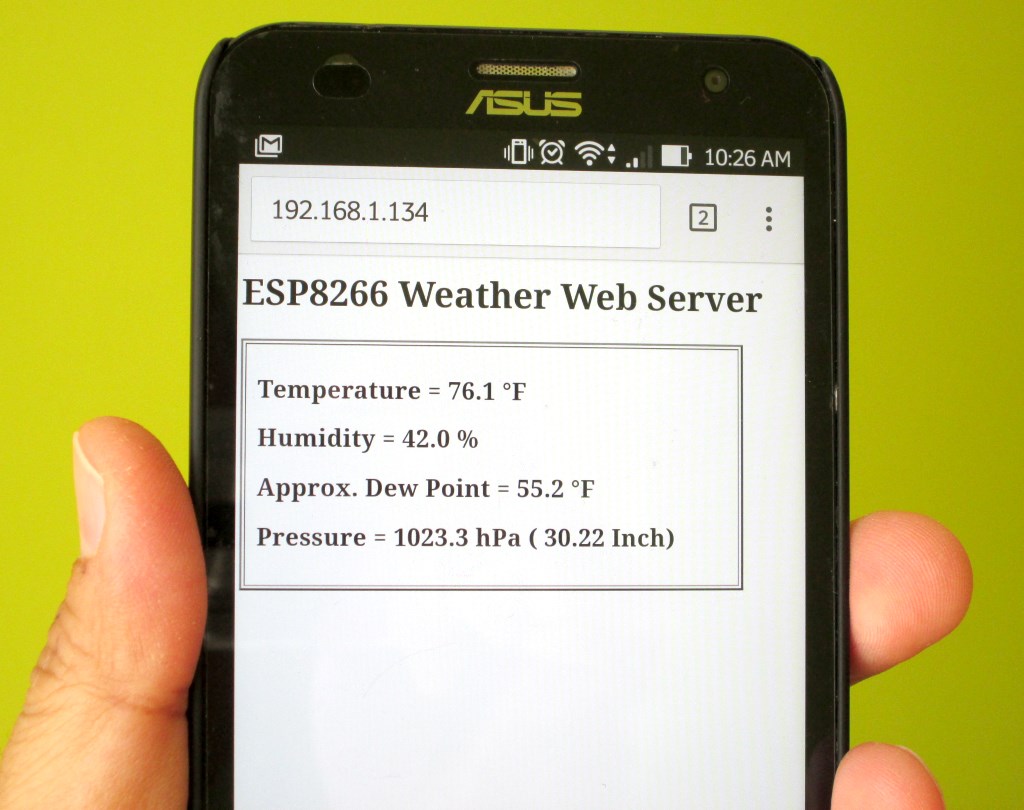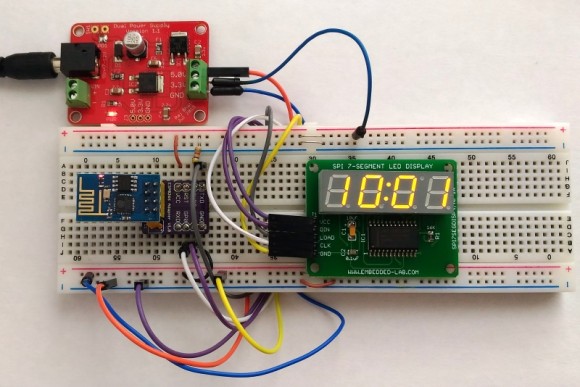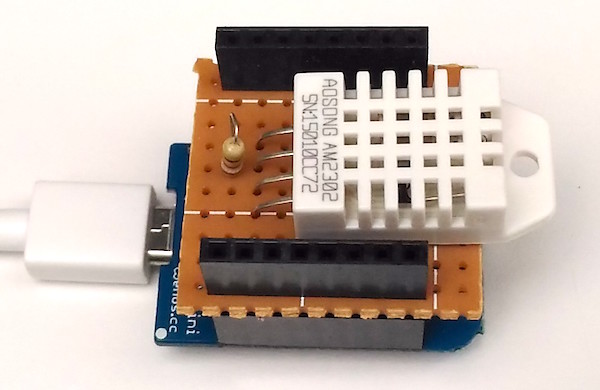ESP8266 tutorials and projects
A comprehensive tutorial that describes a method of connecting the ESP8266 device directly to a Google sheet for storing the sensor data without using any third party service. For illustration, I am using a NodeMCU board that reads the analog output from a soil moisture sensor inserted into one my flower pots and directly connects to a spreadsheet on my Google Drive for storing the data.
A comprehensive tutorial that describes a method of connecting the ESP8266 device directly to a Google sheet for storing the sensor data without using any third party service. For illustration, I am using a NodeMCU board that reads the analog output from a soil moisture sensor inserted into one my flower pots and directly connects to a spreadsheet on my Google Drive for storing the data.
This project illustrates how to construct a simple standalone weather web server utilizing NodeMCU development board for ESP8266 and Bosch’s BME280 environmental sensor chip. On receiving the web requests, the ESP8266 responds back by returning back an HTML webpage containing the ambient temperature, humidity and pressure measurements. With the help of refresh meta tags, the webpage automatically reloads every 15 seconds to get the latest environmental sensor data.
This project is a modification of my previous Bluetooth-enabled LED matrix display project, which used 8×64 monochromatic LED matrix (total 512 LEDs) for displaying scrolling text message. The original project used Bluetooth for display data transfer from a smartphone, but this one now uses Wifi. The display message is sent through web browser to a ESP8266 module that is configured as a web-server.
This tutorial describes how to interface a MAX7219-based seven segment LED display to an ESP8266 module. The ESP8266 is programmed using Arduino IDE and the MAX7219 is driven using LedControl library. This example uses NodeMCU board for illustration. The NodeMCU pins used are D8, D7, and D6 for driving DIN, CLK, and LOAD signal lines, respectively, of the serial seven segment module.
Internet has made it quite easy for computers to synchronize their clocks to an accurate clock value generated by a remote server. In the United States, the National Institute of Standards and Technology (NIST) provides official time. NIST disseminates the time using several methods, which include broadcasting over short-wave and long-wave radio, telephone dial-in services (ACTS), and Network Time Service (NTS) over the internet. This article describes a ESP8266-based clock project that utilizes NIST’s NTS service to retrieve accurate time information and display it on a 4-digit seven segment LED display. The time is synchronized to the NIST server after every 2-minute interval. The display also contains a colon that blinks every second.
This article shows an example of making a very simple temperature and humidity logger using ESP8266 that uploads the data directly to a cloud service, such as ThingSpeak, and allows to visualize the data in real time.
